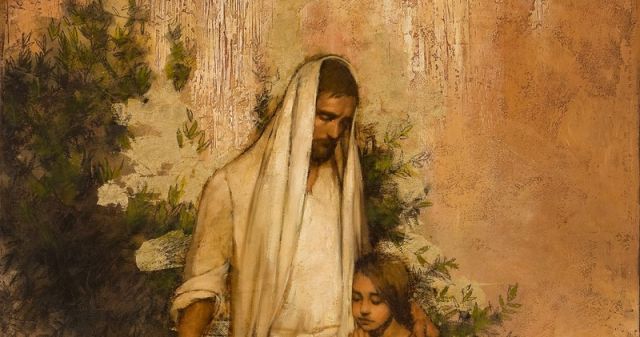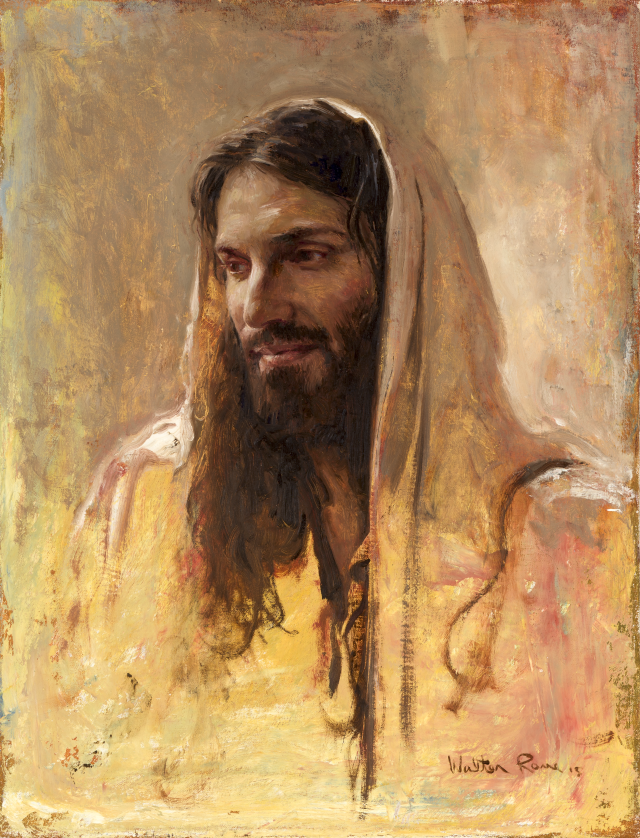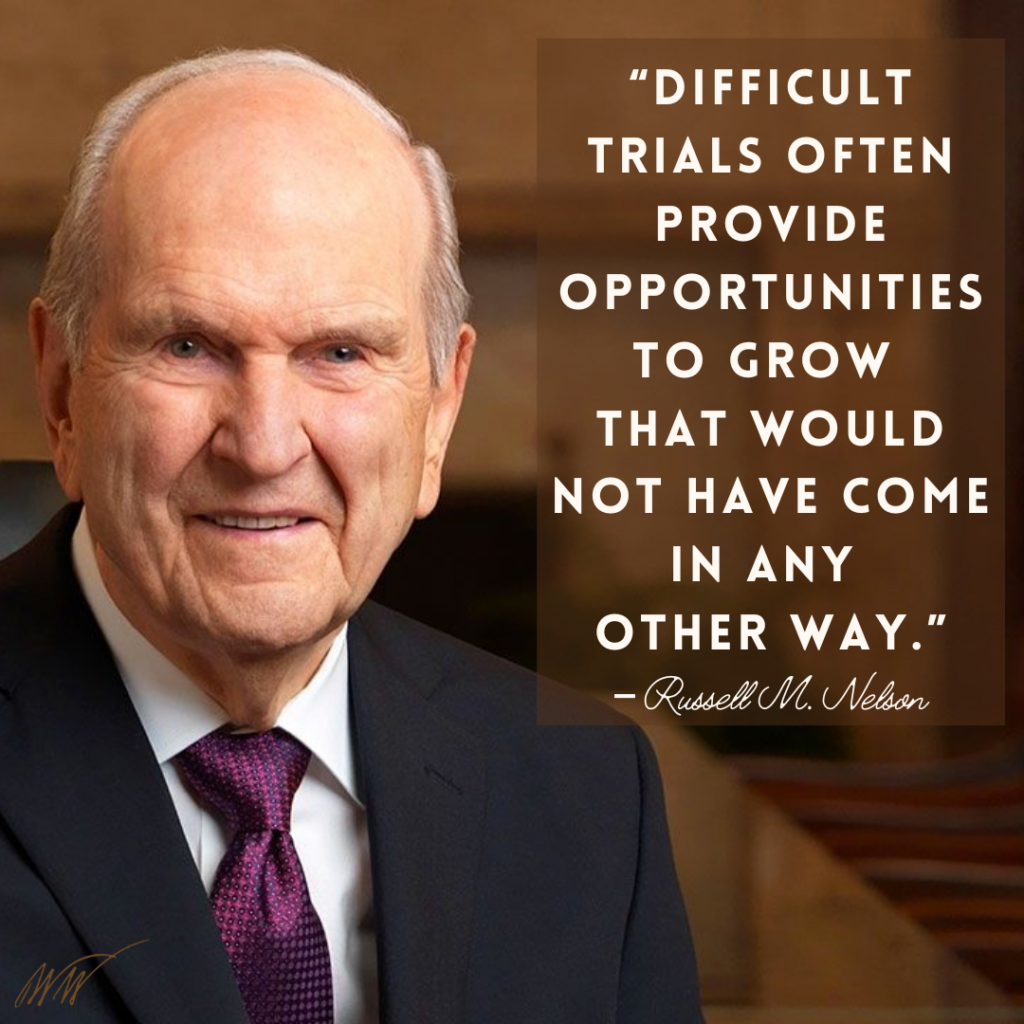Jesus Christ, “the Author of Eternal Salvation”

October 30–November 5

FAIR Faithful Resources for Come, Follow Me 2023 October 30–November 5. Hebrews 1–6: “What Wilt Thou Have Me to Do?” Find answers to difficult questions to help you in your learning and teaching. Here is a collection of reliable resources to supplement your study of Hebrews 1–6. FAIR Resources link to relevant questions which have been answered on the FAIR website. Under Church Resources you’ll find links to the different Come, Follow Me manuals, as well as other helpful links as applicable. Other Resources link to resources outside of FAIR that are trustworthy and helpful.
Main points to ponder
The lesson reminds us that God’s blessings are available to all who “harden not” their hearts. Paul refers to the story in Numbers 14:1–12, 26–35 to warn the Jews against rejecting God’s blessings by their unbelief.
We’re invited to apply Hebrews 3:7–19; 4:1–11 to us. As you consider the following resources, ask yourself these questions:
- When have I allowed my heart to become hardened?
- Are there any blessings God wants to give me that I am not receiving because of a lack of faith?
- How does exercising my agency affect my faith?
Resources:

Faithful Resources on the FAIR website:
- The conception of Jesus Christ
- Jesus: Lord of the Old Testament
- The Latter-day Saint view of the atonement of Jesus Christ
- Elohim and Jehovah in Mormonism
- Question: How does the Latter-day Saint view of the Atonement compare to the evangelical Christian view?
- “Mormonism” and Priesthood
- The Order of the House of God: Ancient Practices and Modern Experiences
- Salvation by Grace Alone?
Resources on the Church website:
Come, Follow Me—For Individuals and Families
Faithful Resources from other reliable websites:
- The Bible Project: Book of Hebrews Summary: A Complete Animated Overview
- Messages of Christ: The Tabernacle and the Messiah
- Messages of Christ: Jesus Christ the Great High Priest
Dig Deeper
- General Conference Talks
- President Russell M. Nelson: Overcome the World and Find Rest
- Elder Jeffrey R. Holland: The Grandeur of God
- Elder Jeffrey R. Holland: “An High Priest of Good Things to Come”
- Elder Spencer J. Condie: Claim the Exceeding Great and Precious Promises
- BYU Devotionals
- Elder David A. Bednar: “In the Strength of the Lord” | David A. Bednar | BYU Speeches
Lesson Devotional



Krystyna Hales is the Operations & HR Manager for the Foundation. She joined the Foundation in 2020 and is so grateful to be a part of sharing the gospel of Jesus Christ through Wilford Woodruff’s words in this unique way.

Lesson devotionals are provided by the Wilford Woodruff Papers Foundation. Its mission is to digitally preserve and publish Wilford Woodruff’s eyewitness account of the Restoration of the gospel of Jesus Christ from 1833 to 1898. It seeks to make Wilford Woodruff’s records universally accessible to inspire all people, especially the rising generation, to study and to increase their faith in Jesus Christ. See wilfordwoodruffpapers.org.
“Jesus Christ, ‘The Author of Eternal Salvation’”1
By Jason Godfrey
In the New Testament we come to understand the life and character of our Lord Jesus Christ in incredible ways. For example, in the Book of Hebrews we read how the Savior sought “to be made like unto his brethren, that he might be a merciful and faithful high priest in things pertaining to God,” in order “to make reconciliation for the sins of the people” (Hebrews 2:17). Not only did the Son of God endure tribulations so that our personal and collective sins could be forgiven, but we read in Hebrews 2:18 “that he himself hath suffered being tempted,” so that “he is able to succor them that are tempted.”
This truth is one that is both eternal and applicable to everyone—no matter our circumstances or where we are on the covenant path. I am so grateful to know that because of Jesus Christ and His Atonement, I am able to be redeemed of my imperfections and return to live with Him and our Heavenly Father after this life.
During a Sunday service in the summer of 1851, Wilford Woodruff recorded in his journal the truths that President Brigham Young taught concerning this aspect of the gospel of Jesus Christ. Speaking of the character of our Heavenly Father and His Son Jesus Christ, Brigham Young taught that through them, “all our sufferings will us in the presence of God if we endure them patiently.”2
Wilford Woodruff certainly had his fair share of trials and tribulations throughout his life, but he remained faithful to this principle and promise he heard on that Sabbath day. On the days when we feel alone and like no one understands the difficulties we are going through, may we remember the words of the Book of Mormon Prophet Alma who testified of the Savior,
“And he shall go forth, suffering pains and afflictions and temptations of every kind; and this that the word might be fulfilled which saith he will take upon him the pains and the sicknesses of his people.
“And he will take upon him death, that he may loose the bands of death which bind his people; and he will take upon him their infirmities, that his bowels may be filled with mercy, according to the flesh, that he may know according to the flesh how to succor his people according to their infirmities” (Alma 7:11–12).
2 Wilford Woodruff’s Journal, June 22, 1851, p. 325, The Wilford Woodruff Papers, wilfordwoodruffpapers.org/journal/1851-06-22.

Chapter Summaries
The Son is in the express image of the person of the Father—Christ is the Only Begotten Son and thus above the angels.
1-14: Heavenly Father revealed Himself to the Hebrews through Jesus Christ, who is second only to Heavenly Father and was the creator of the universe. Both Christ’s mission and relationship to the Father are addressed.
Jesus came to suffer death and save men—He came to make reconciliation for the sins of the people.
1-18: Paul continues to testify of the Savior’s mission, which provides a type of salvation not offered by the Law of Moses. We must heed the message taught by Jesus as testified to by His apostles and those who knew Him. His mission was to be born in the flesh, to die for our sins and break the power of death. Also, his suffering allows Him to help us, His brothers and sisters, as we face trials.
Christ is the Apostle and High Priest of our profession—Jesus, being the Son, is more than a servant—Now is the time and the day of our salvation.
1-19: The author begins a discussion on how to enter into the rest of the Lord. The children of Israel in the time of Moses were not able to enter into that rest. We need to avoid having hard hearts or being deceived by sin, as they were wont to do. There is an analogy of Moses diligently serving in the house of God, but we should remember that Christ is the architect and builder.
The gospel was offered to ancient Israel—Saints enter into the rest of the Lord—Though tempted in all points, Jesus was without sin.
1-16: The author uses the Sabbath, God’s day of rest, to describe the rest of the Lord that is available to all. We achieve this through faith and obedience, due to the merits of our Great High Priest, Jesus Christ. “Let us therefore come boldly unto the throne of grace, that we may obtain mercy, and find grace to help in time of need.” (v16)
For a man to hold the priesthood, he must be called of God as was Aaron—Christ was a priest forever after the order of Melchizedek—Jesus Christ is the Author of eternal salvation.
1-10: Jesus is compared to the High Priests prior to His coming, who mediated for the children of Israel by making sacrifices for sins. In the same way they were chosen by God, so Jesus was chosen by God to be the Great High Priest, becoming the source of our salvation.
11-14: The author is concerned that the Hebrews are not progressing in the gospel at the correct pace; that they are still just drinking milk when they should be ready for meat.
Let us go on to perfection—The sons of perdition crucify Christ anew—God swears with an oath that the faithful will be saved.
1-12: Paul has seen some early Christians accept the gospel message then fall away. He doesn’t want that to happen to the Hebrew saints. He is confident that they are ready to move forward from gospel basics to embracing the blessings promised to the faithful.
13-20: Just as God made promises to Abraham, He makes promises to us. And we know that He will keep His promises. Paul uses temple/tabernacle imagery to explain that our blessing will be to enter into the presence of God, through the merits of Jesus Christ.
Faithful Resources, and Faithful Resources. Also, Faithful Resources therefore Faithful Resources. But without Faithful Resources you’ll need Faithful Resources; because Faithful Resources help. Twelve apostles give Faithful Resources, therefore Faithful Resources abound. Since Faithful Resources at Faithful Resources then Faithful Resources because Faithful. Resources at Faithful Resources as Faithful Resources are Faithful Resources therefore Faithful Resources. Again, Faithful Resources Faithful Resources Faithful Resources Faithful Resources Faithful Resources Faithful Resources Faithful Resources. Since Faithful Resources then Faithful Resources.

